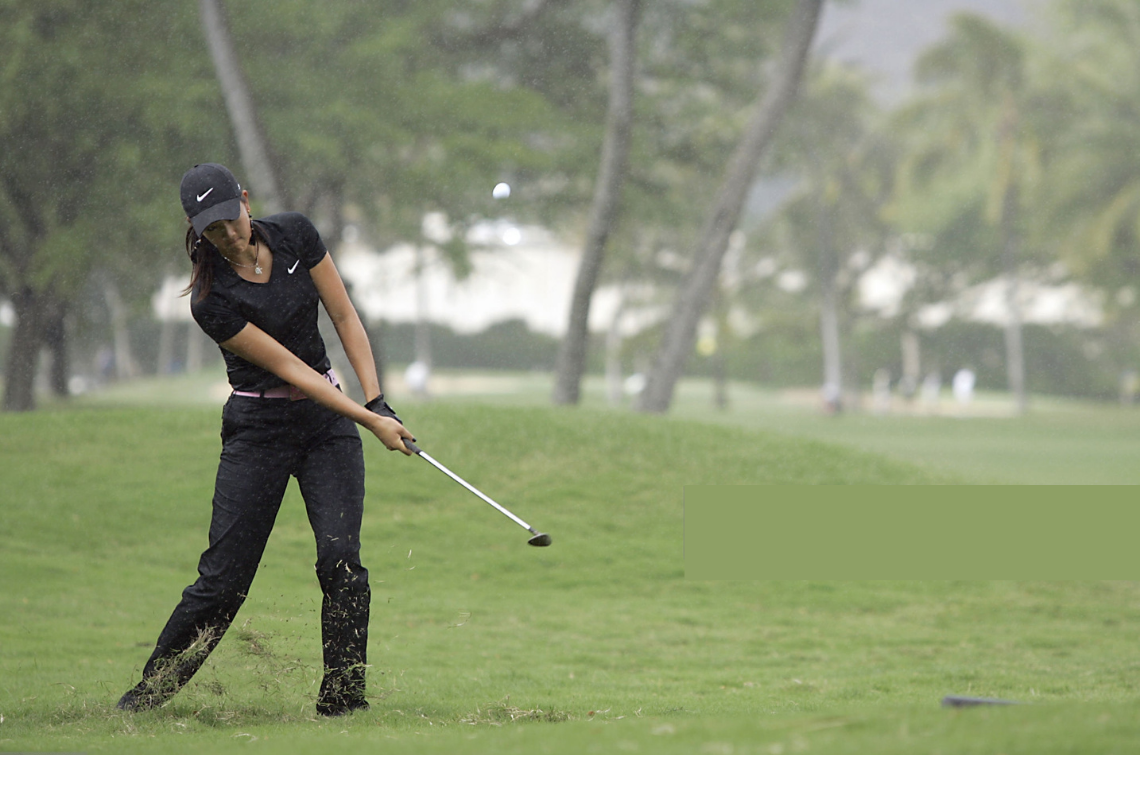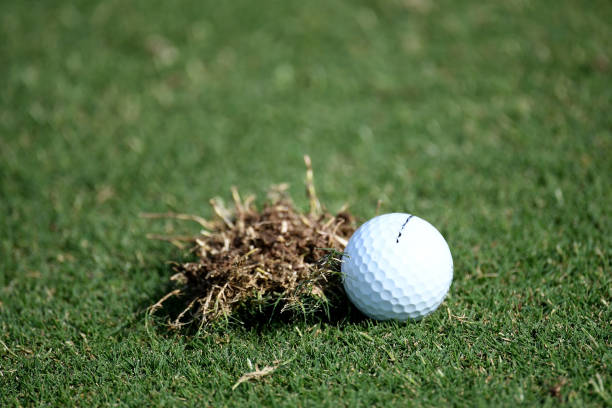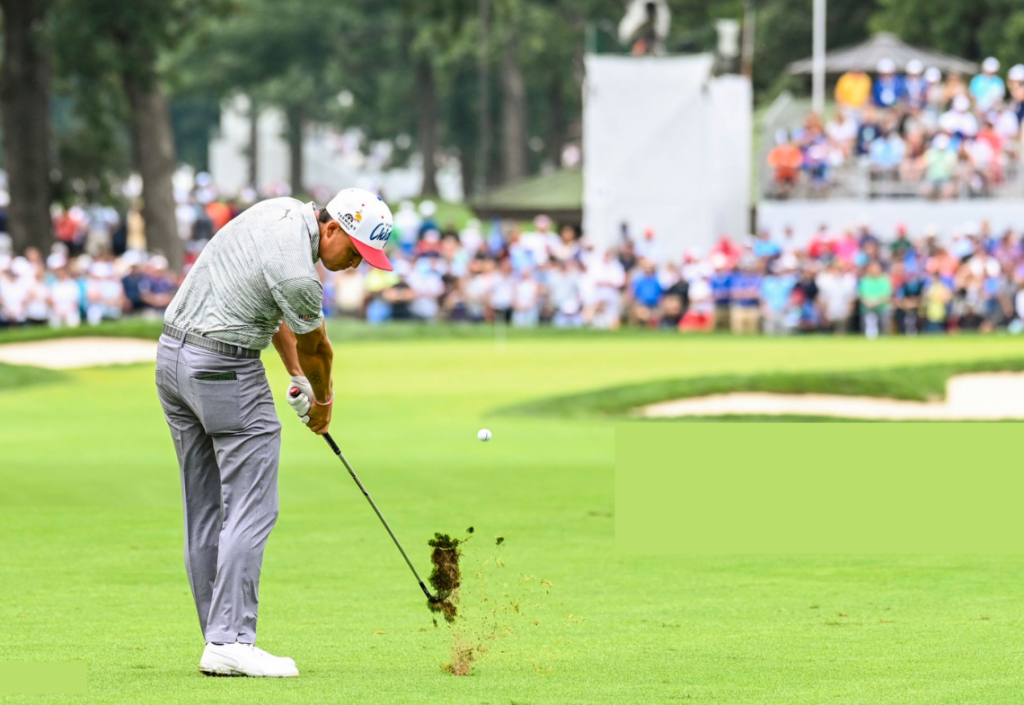
What You Can Learn From Your Divots
When you hit an iron shot off the turf, you leave clues that indicate a lot about the quality of the shot. Grab your magnifying glass and have a look, inspector.
First, before you move, notice the location of where you took a divot. It should be in front of the spot where you made contact with the ball. If it’s behind that point, your swing was slowing down through impact. Next time keep your hands moving.
Now check the width. It should be uniform and the same as your clubface. If it’s narrow or inconsistent in width, the face wasn’t square at impact. You have to keep your body rotating.
A deep, leftward crater indicates a pulled shot straight left or a slice to the right. Let your legs start the downswing to shallow and straighten the hole some (it should curve left at the end indicating the club worked back inside after impact).
Looking at the turf doesn’t tell the whole story of your swing, but it’s a strong start to diagnosing—and fixing—issues.
Jonathan Buchanan teaches at Dallas Country Club.

MORE FROM OTHER YOUNG TEACHERS
“If you’re digging up half the earth when you swing, you’re not only too steep, your grip pressure is too tight. Relax your hands and your divots will get thinner, and your ball flight will rise.”
– Abby Welch Kiawah Island (S.C.) Golf Resort
“Divots are the poor man’s way to check if your irons are poorly fitted. If you see a thin hole to the outside of where the ball was, the leading edge wasn’t uniformly soled at impact. The lie angle is off and your irons need adjusting.”
– Scott Chisholm Baltusrol G.C., Springfield, N.J.
“You want to think of taking a divot as bruising the ground instead of gouging it. Carve too deep and you’ll struggle with distance and trajectory. A good swing thought: Try to take the green off the grass in front of the ball while leaving the white roots intact.”
–Justin Klemballa Paradise Valley (Ariz.) C.C.
“No mark on the turf? Then you probably didn’t keep the left arm extended through impact. Try this drill: From a narrow stance, address a ball with your arms fully extended (it creates a triangle look with your torso). Make easy swings maintaining the triangle look. Focus on body rotation. Feel like the arms stay long and quiet back and through.”
– Trillium Rose Woodmont C.C., Rockville, Md.


